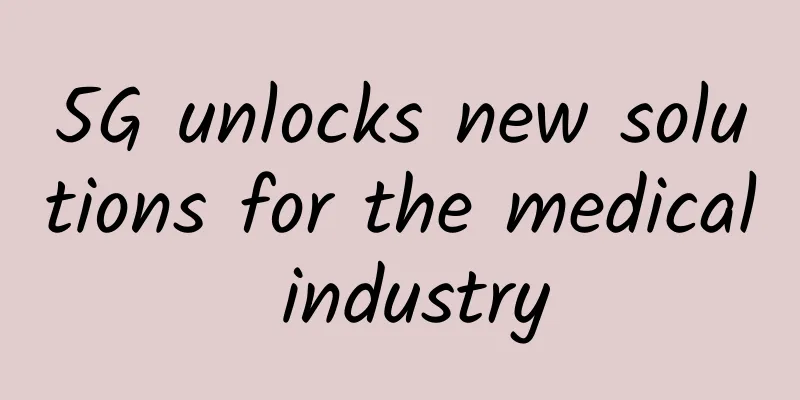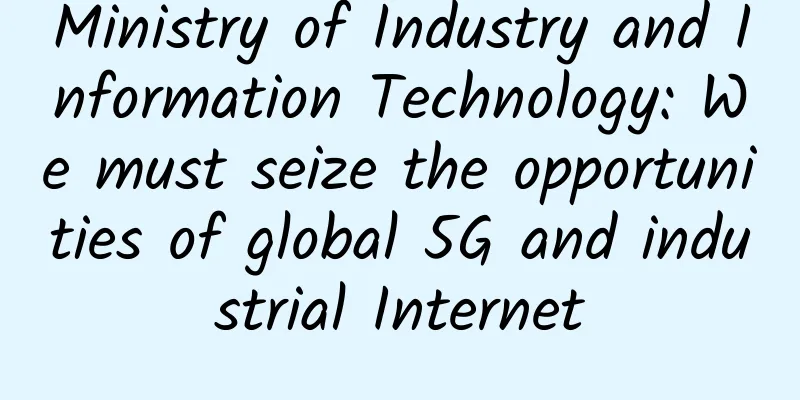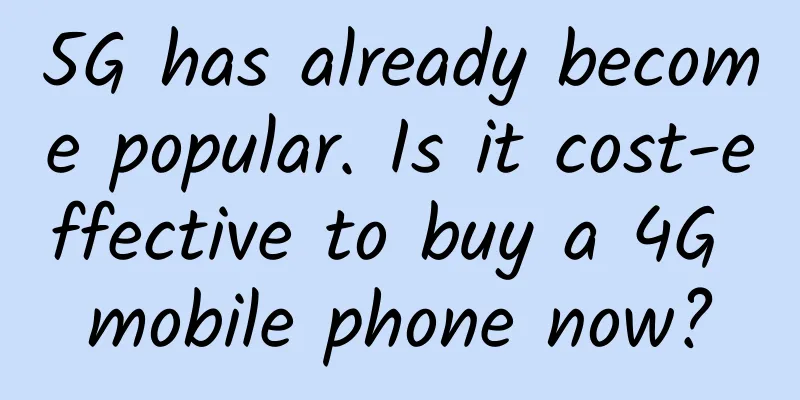5G unlocks new solutions for the medical industry

|
5G unlocks new solutions for the medical industry As new technologies continue to improve the quality of medical care, connectivity has become a key technology for the industry to create fair medical opportunities for users. With the empowerment of connectivity technology, some patients can already have video consultations with doctors at home. At the same time, medical practitioners are gradually saying goodbye to cumbersome writing boards and embracing more efficient digital data management systems. This is just the beginning, and greater changes are coming. 5G continues to unlock new solutions for the medical industry, helping telemedicine unleash unlimited potential... Better care for patients Using 5G to promote medical reform is a huge project. It can not only help telemedicine providers improve the overall quality of medical care, but more importantly, allow patients to enjoy better medical services. 5G's high bandwidth and low latency characteristics can support higher-resolution video and image transmission, improving the quality and value of virtual interactions. These improvements can reduce the need for unnecessary or unsafe visits to the doctor's office, and can also benefit patients who are in remote areas and cannot conveniently go to medical institutions for treatment. Whether technological innovations in the field of medical services can be effective depends on whether patients can actually use these technological innovations, and the connectivity provided by 5G can allow more patients to truly enjoy the benefits of technological innovations. Support for data management and security Data management is becoming increasingly important in the healthcare industry. Medical practitioners deal with large amounts of data information every day. In this process, network capabilities directly determine the efficiency of data sharing, and even affect key medical decisions and patient care. Have you ever experienced the dilemma of an online video loading endlessly? Imagine if a doctor was waiting for a life-threatening document to load. This shouldn't happen. Every second can make a world of difference, which is one of the reasons why Qualcomm has been committed to investing in and developing 5G infrastructure, which will make this a thing of the past. From the very beginning, 5G technology was designed to provide greater bandwidth and more reliable connections than 4G, providing the best choice for "data-critical" scenarios. In industries where every second counts, the importance of stable and fast connections is self-evident: for example, in an ambulance, if the health data of an emergency patient can be quickly transmitted to the doctor, the doctor can remotely check the patient's vital signs in near real time. For another example, with a stable and fast connection, a couple across the ocean can view the results of their baby's ultrasound examination at the same time. Medical data is not only huge in volume, but also contains highly sensitive patient information. 4G LTE has laid a good foundation for security. On this basis, 5G can provide better security and privacy for telemedicine. At the same time, 5G also has significant low latency characteristics, which can promote the application of technologies such as edge cloud and AI, thereby performing faster data analysis locally. Promoting medical innovation In addition to improving current medical procedures, 5G also supports technological innovation and development in telemedicine and the entire medical industry. Frontier areas include medical training, teaching, and virtual treatment enabled by XR technology. For example, with tactile feedback gloves with millisecond response capabilities, medical practitioners can receive immersive training and visualize highly complex procedures. Doctors can even use sophisticated VR technology to explain diagnostic details to patients. In addition, AI-powered applications and wearable devices can apply machine learning to health data analysis through 5G in a variety of scenarios such as medical diagnosis and emergency medical assistance. IoT medical devices and AI-enabled data analysis can also simplify health monitoring and build a truly "connected" hospital, making patients and doctors more worry-free. These medical innovations are all due to the advantages of 5G, such as large bandwidth, low latency and high capacity. 5G unlocks new solutions for the medical industry - 5G technology enables telemedicine and the entire industry to achieve a more excellent and secure network connection experience, thereby calmly responding to current challenges and unlocking more possibilities. |
<<: Brazil: No Huawei in 5G bidding requirements
Recommend
How to configure floating routing?
[[416937]] Experimental requirements ISP-1 and IS...
How to use 4G module to transmit temperature and humidity data to onenet via MQTT protocol
[[397604]] This experiment uses the SIM7600CE 4G ...
Recommend an operation and maintenance tool: a tool for collecting AD domain environment information
Project Introduction ADRecon extracts and consoli...
The "tragic" situation of operators' operations
Previously, a joke mocking the operators caused a...
GoLang: Do you really understand HTTPS?
For a long time, the laboratory and even the enti...
Why is it considered a fantasy for Internet giants to operate “a nationwide LoRa network”?
On August 17, China Tower, the world's larges...
WOT2018 Wang Xiaobo: The "Phoenix" model of cache management, you deserve it
【51CTO.com original article】Seven years of hard w...
The End of 2G and 3G Networks: The Transition to 4G and Beyond
As technology evolves and big data becomes more p...
DogYun (狗云) Mid-Autumn Festival 21% off, top up 710 yuan to get 71 yuan, lucky big wheel draw 50% off
DogYun is a Chinese hosting company that provides...
20 billion daily traffic, Ctrip gateway architecture design
20 billion daily traffic, Ctrip gateway architect...
No exaggeration or criticism! A rational view of the value and application challenges of cyberspace mapping technology
The protection concept of "invisible, no sec...
V5.NET: Hong Kong CN2 server limited 30% off, dual-channel E5 monthly payment starts from 625 yuan
V5.NET is offering a limited promotion for the HK...
EasyVM: $3/month KVM-2GB/30GB/2TB/Dallas & New York, etc.
EasyVM is a foreign hosting company founded in 20...
Channels: Operators’ Breakthrough Skills in the 5G Era
An operator executive once believed that user gro...
Juniper Networks will aggressively enter the OTT market in 2018, connecting the world with secure and efficient networks
[51CTO.com original article] From June 7 to 8, 20...









